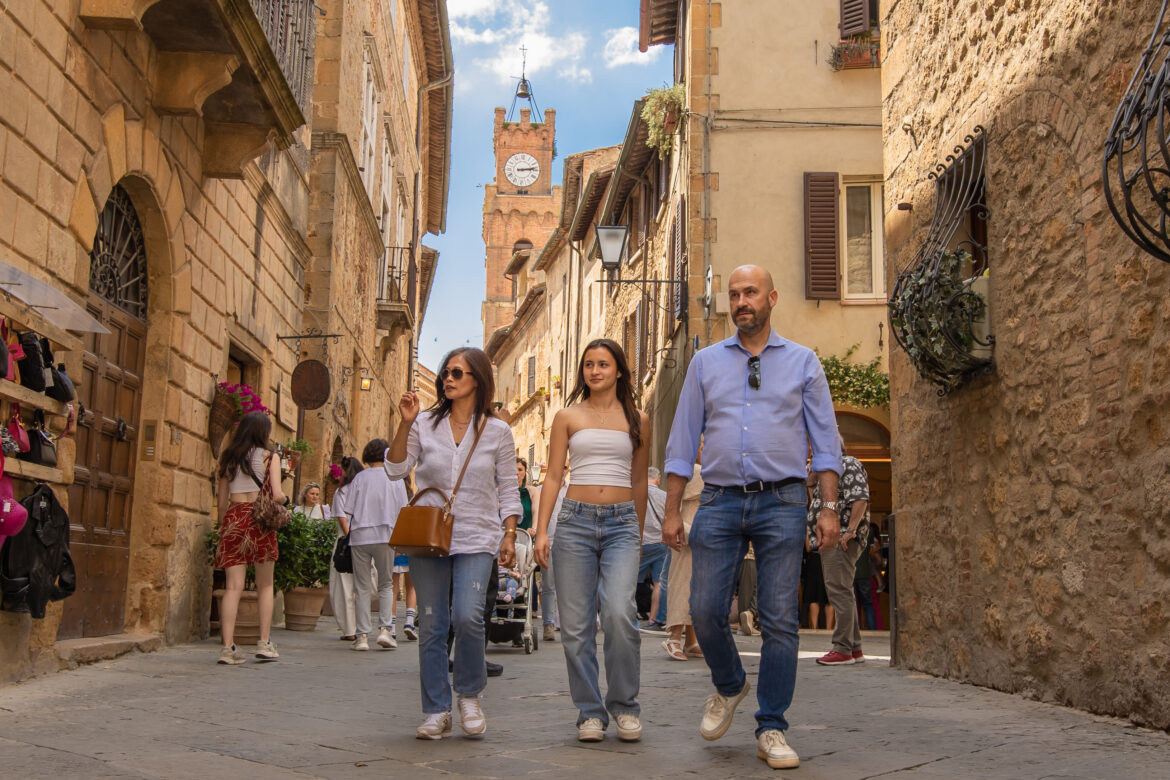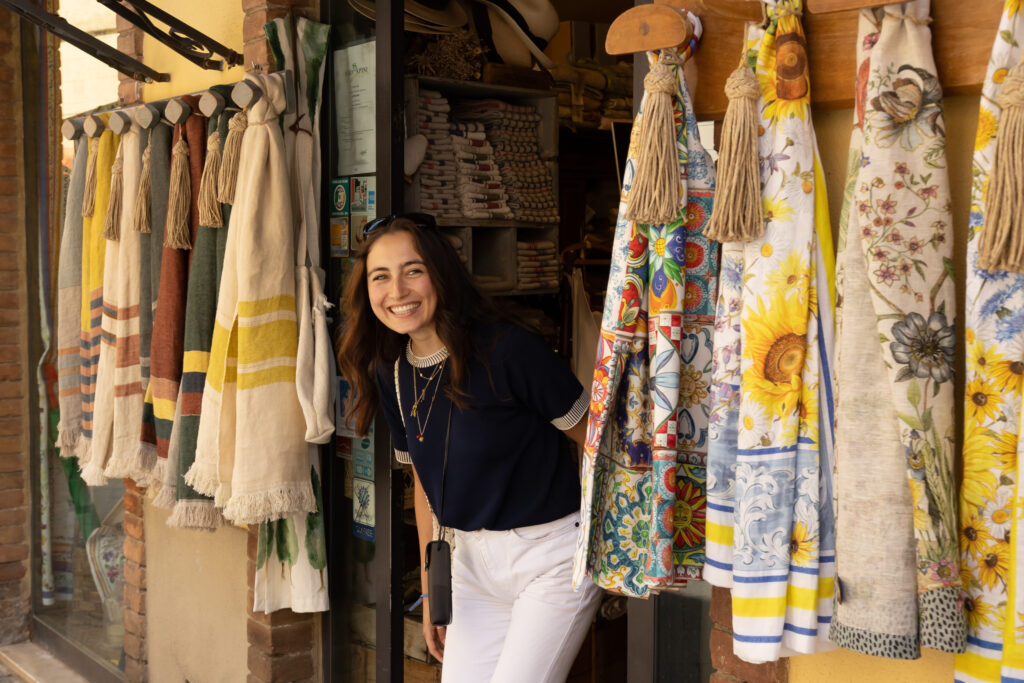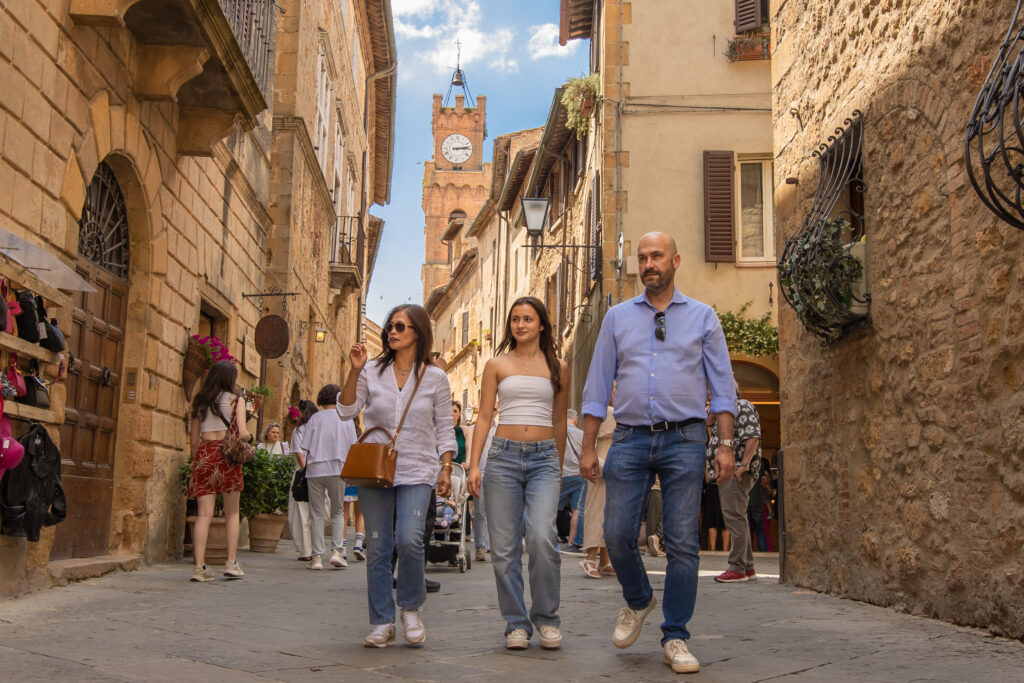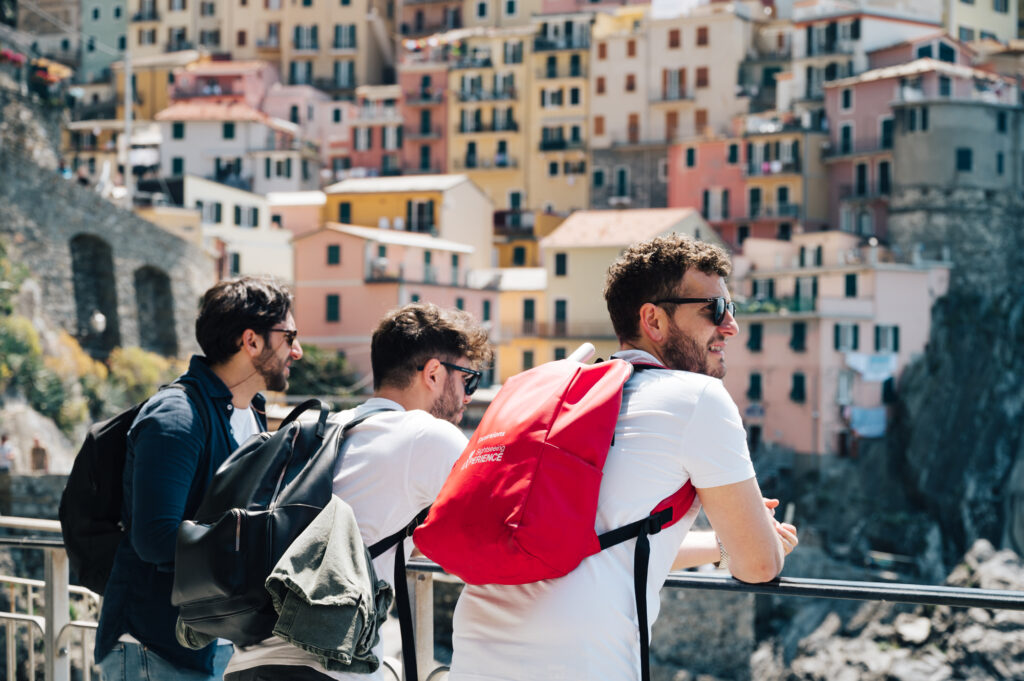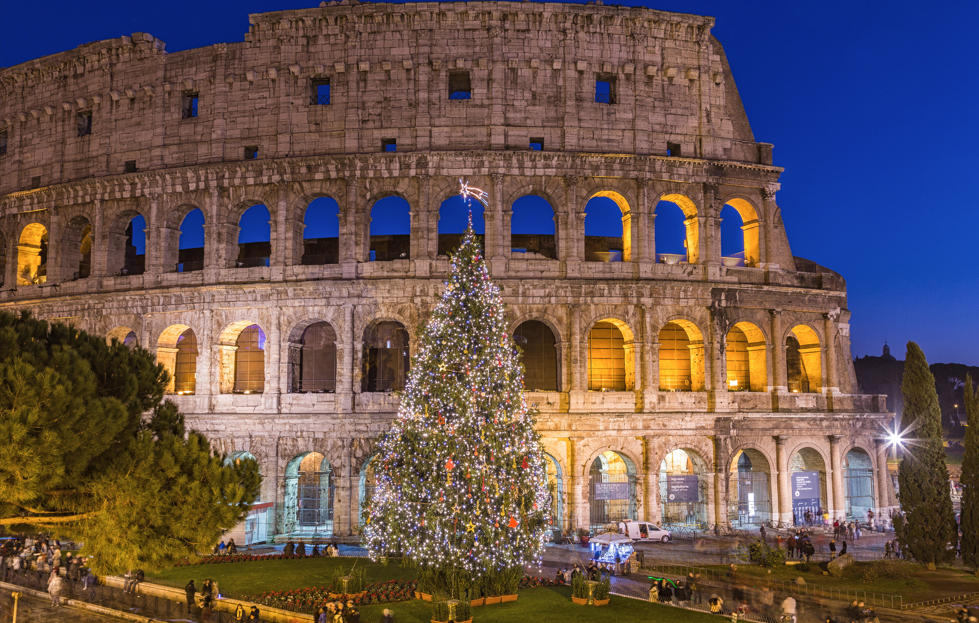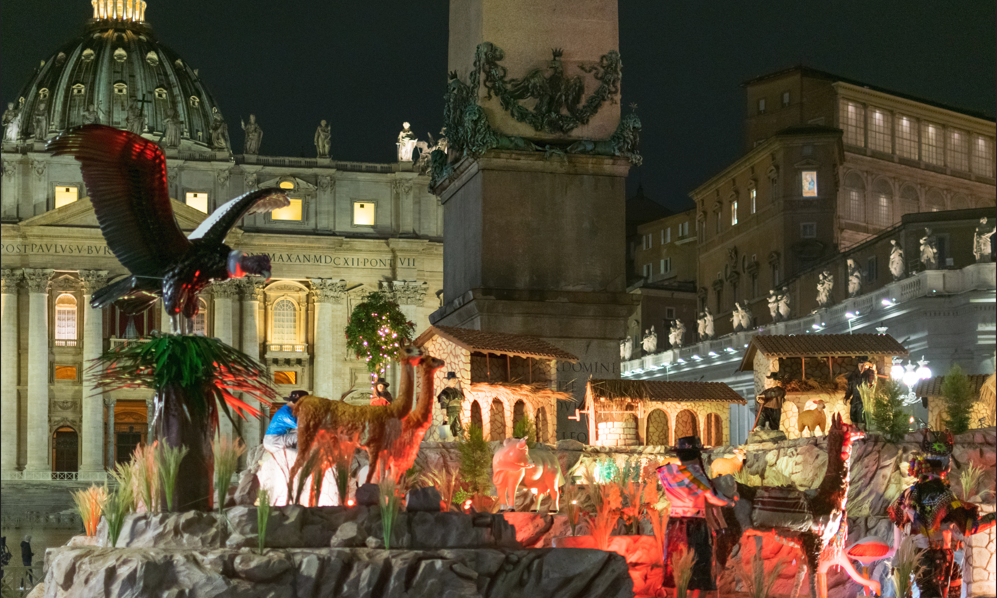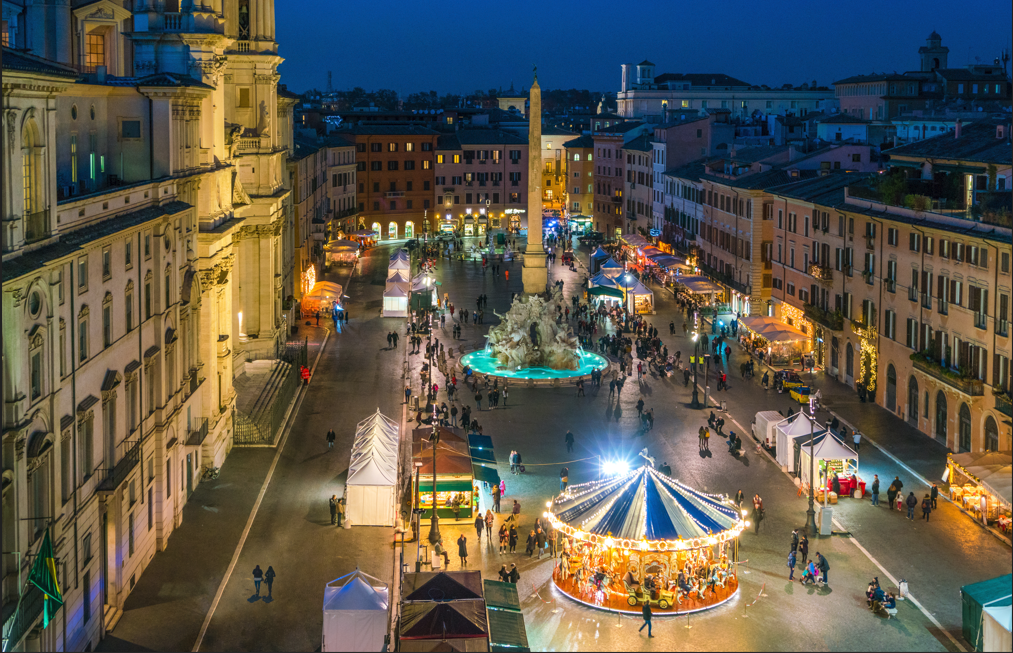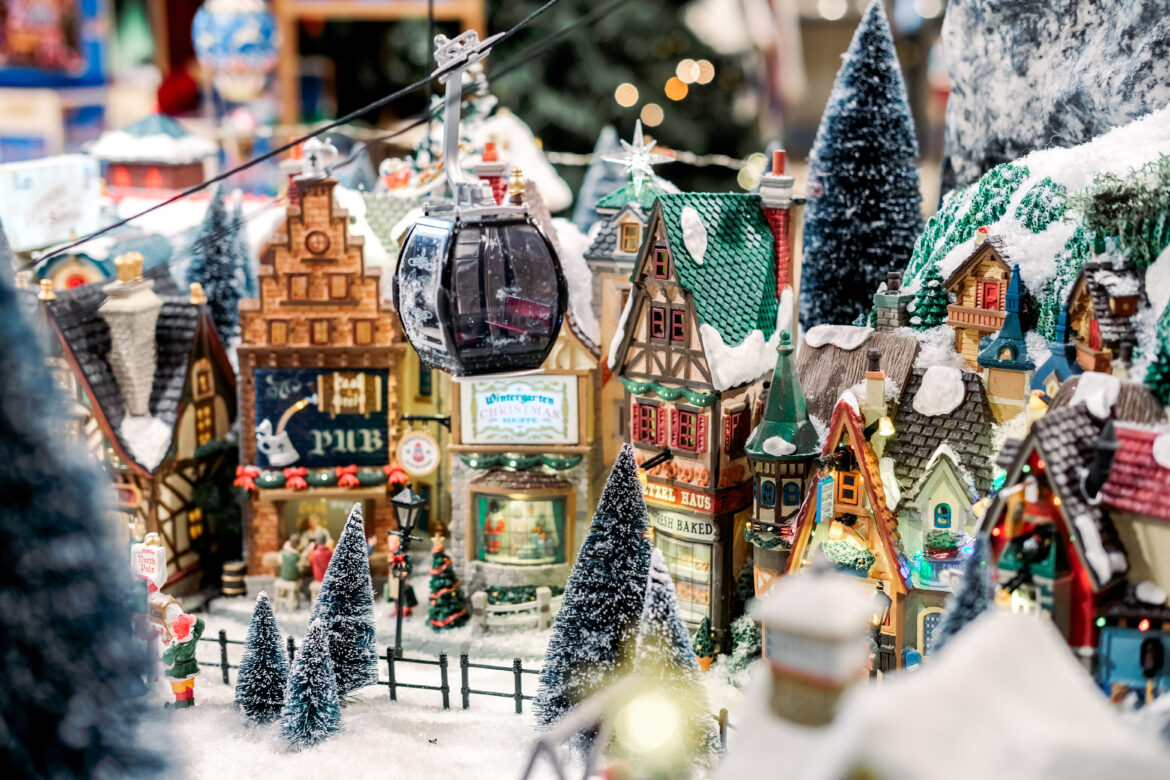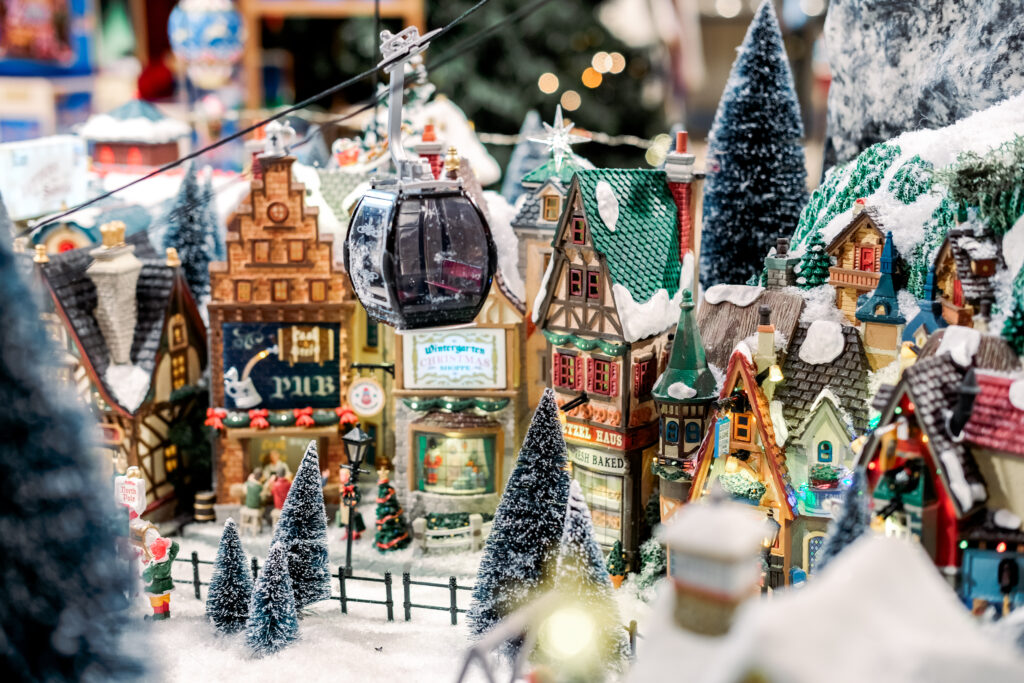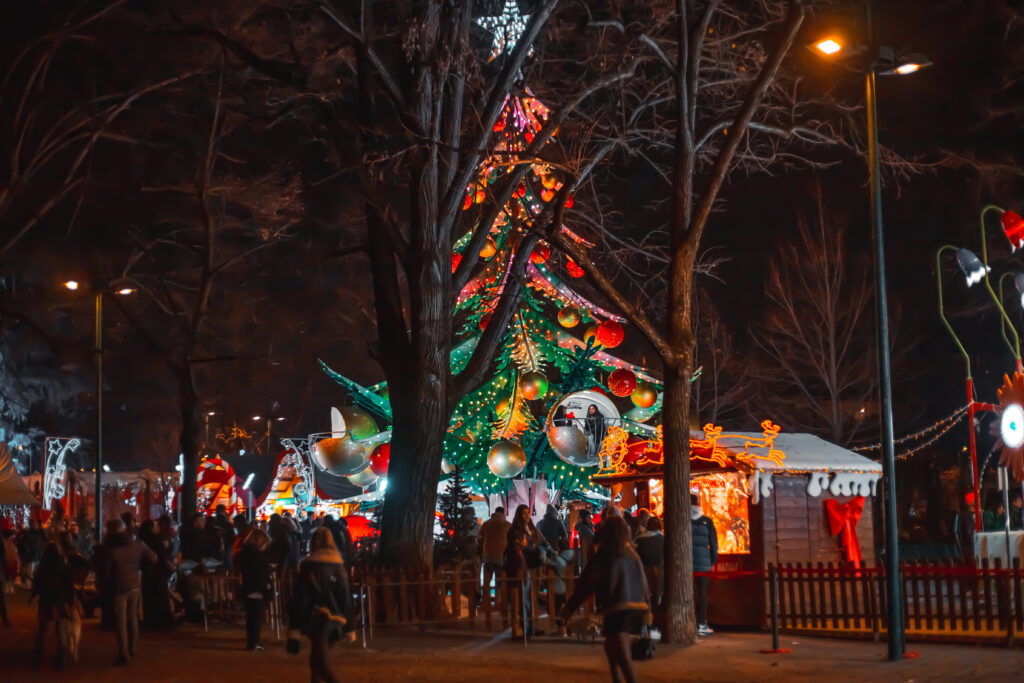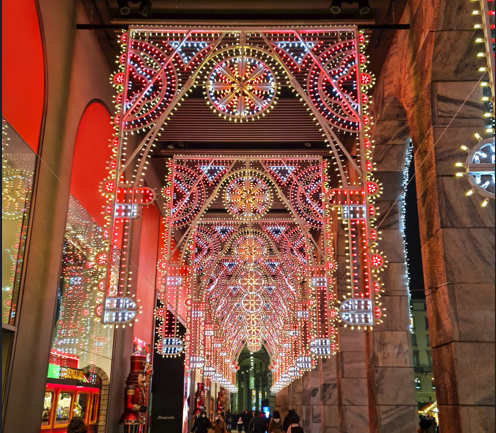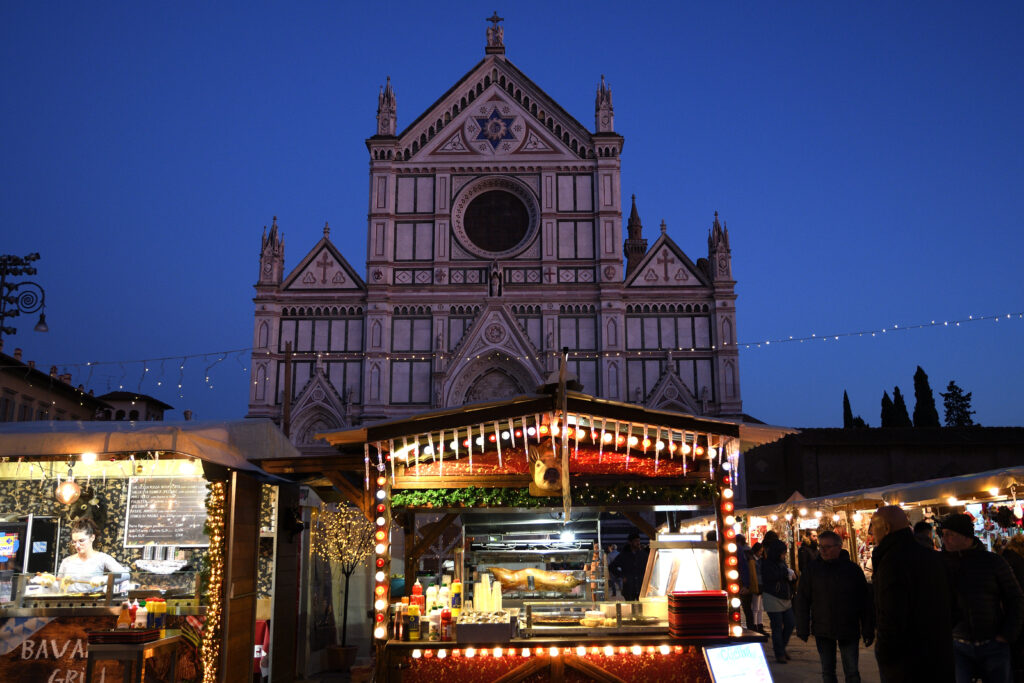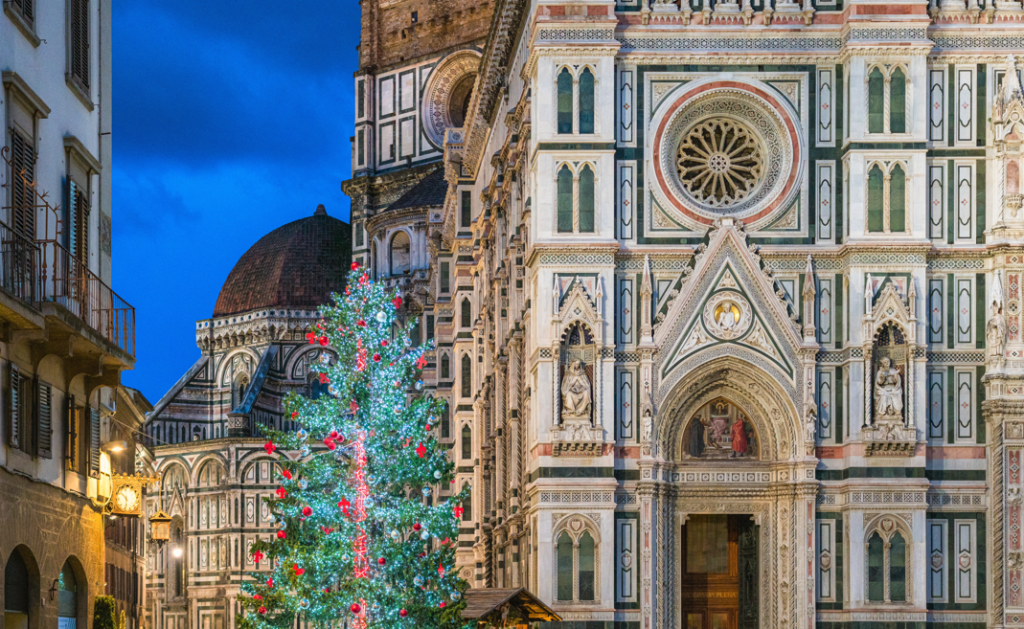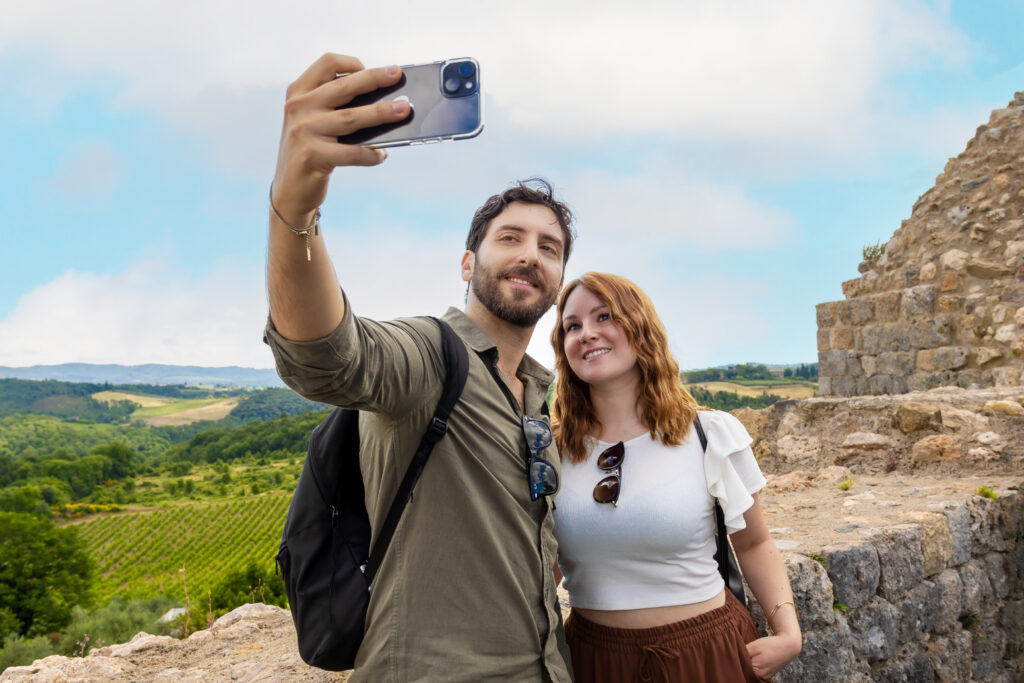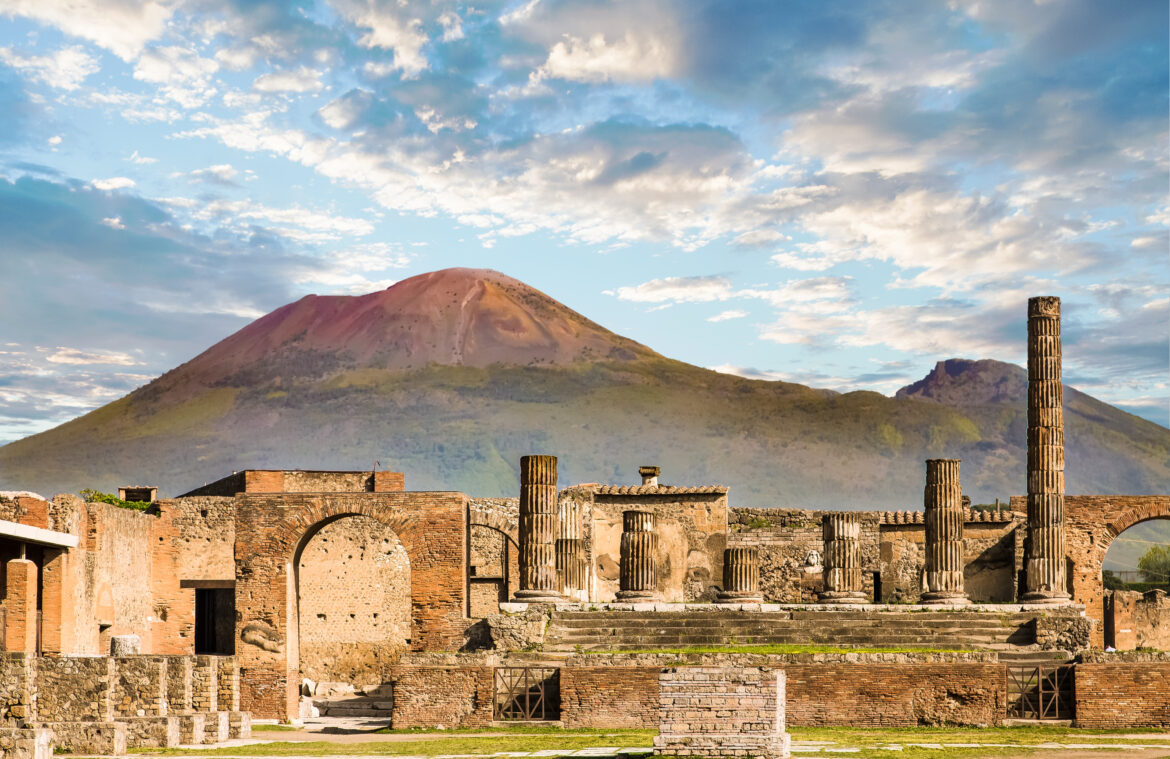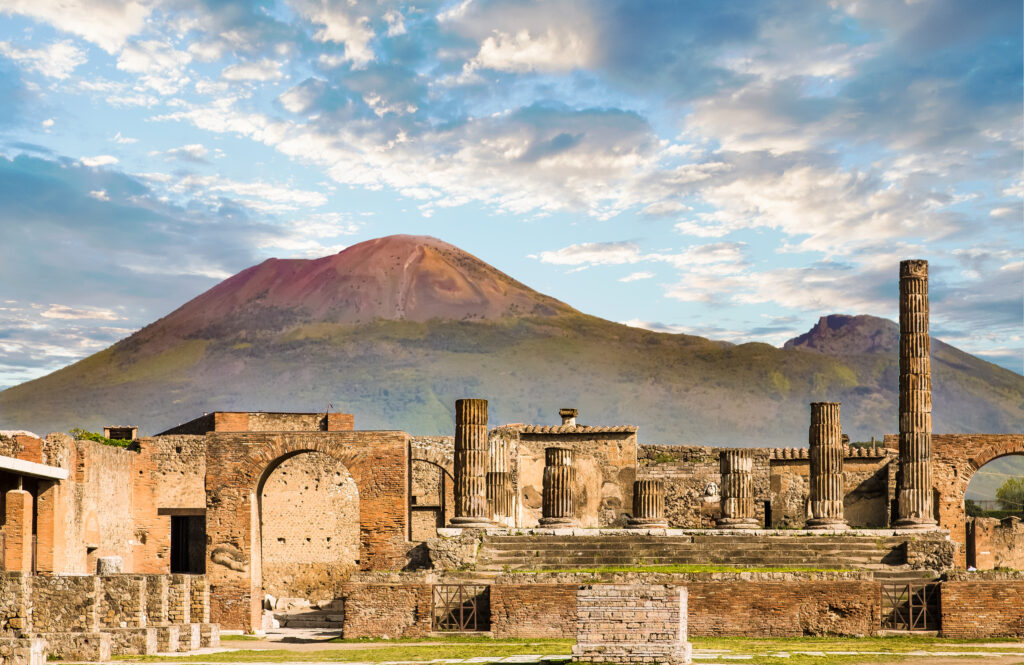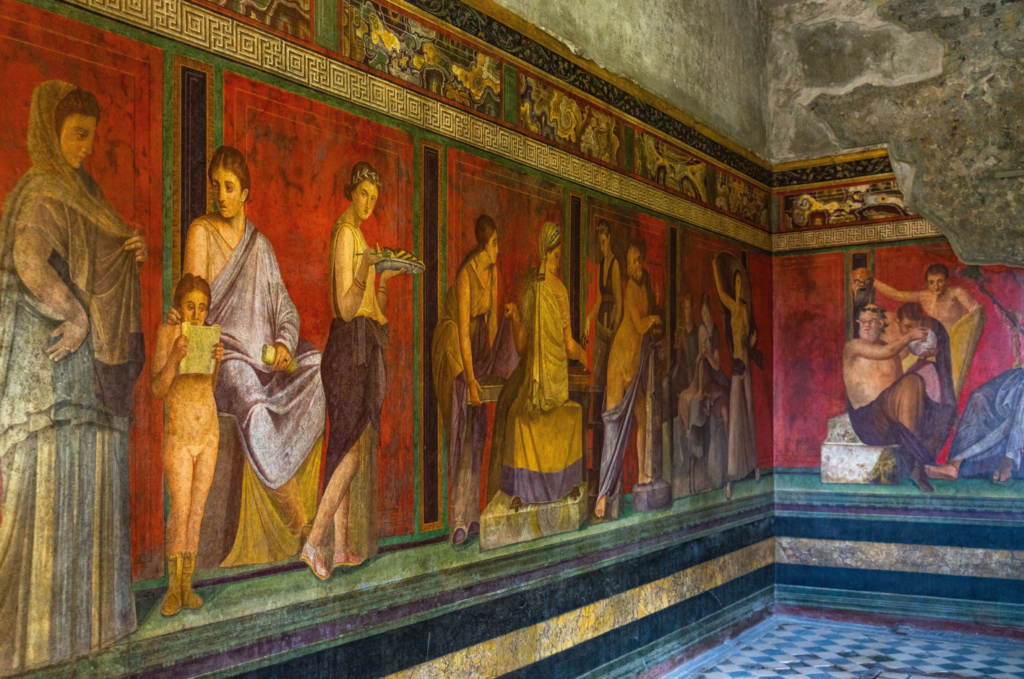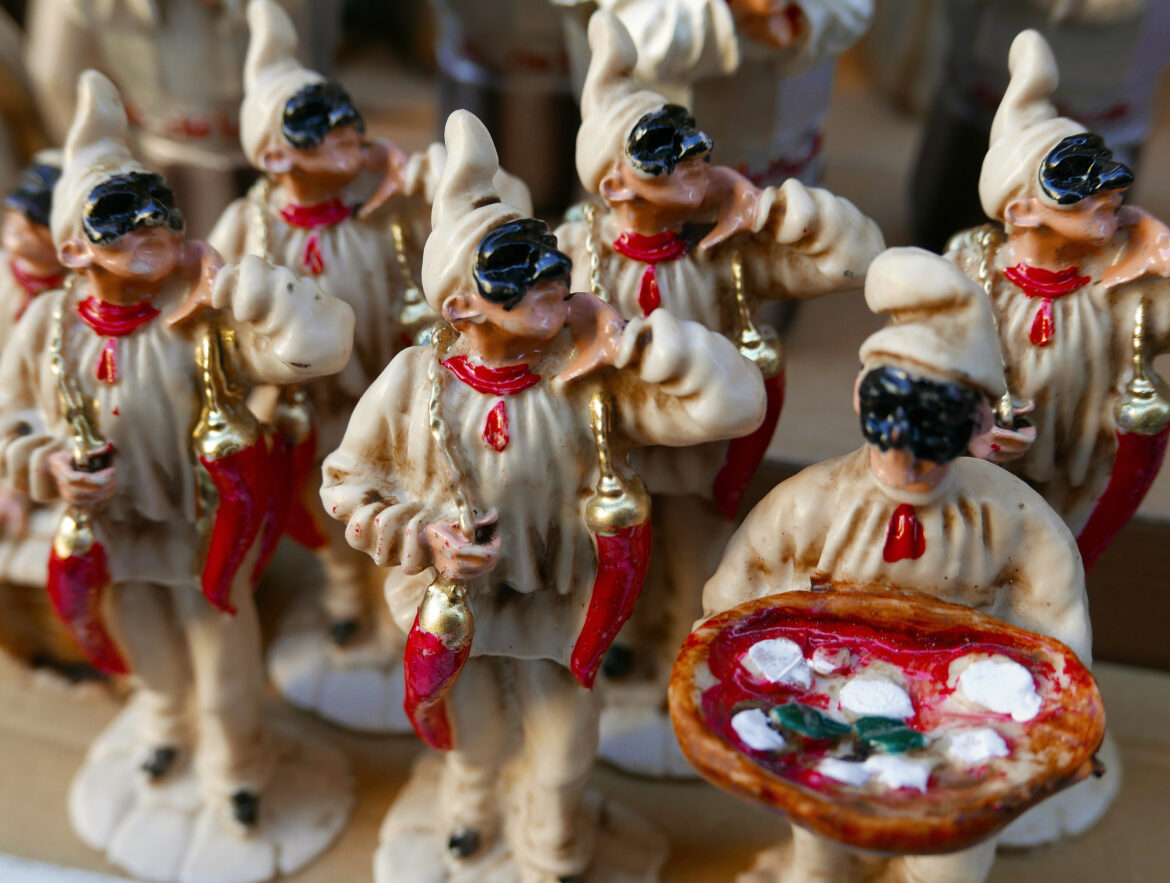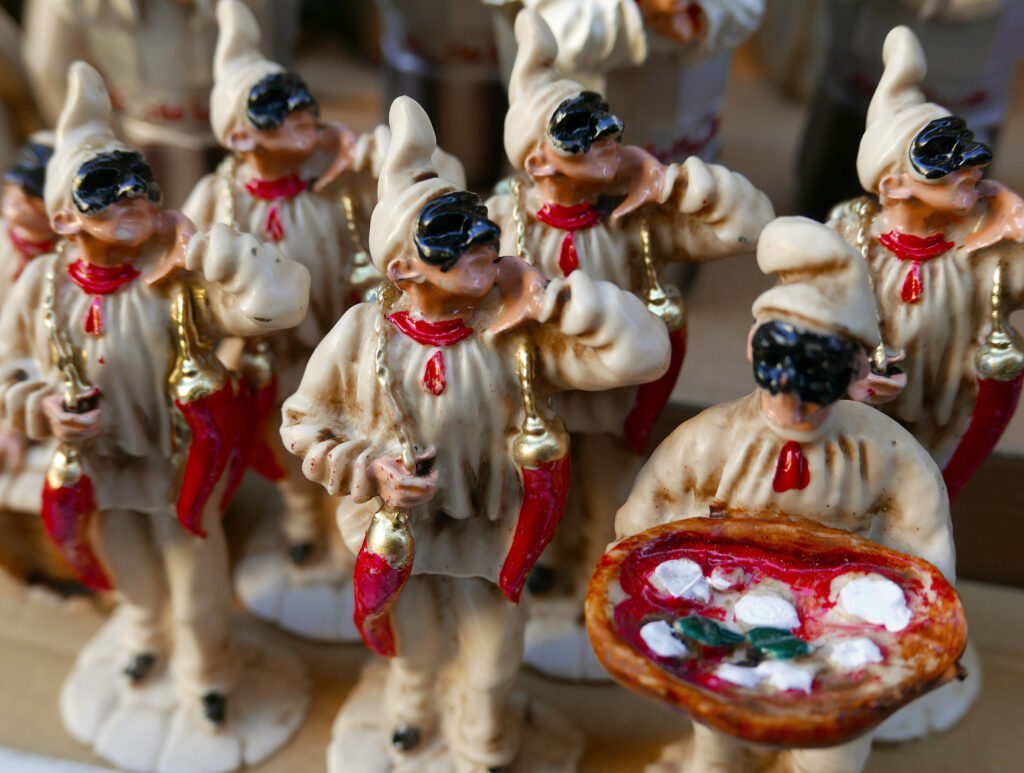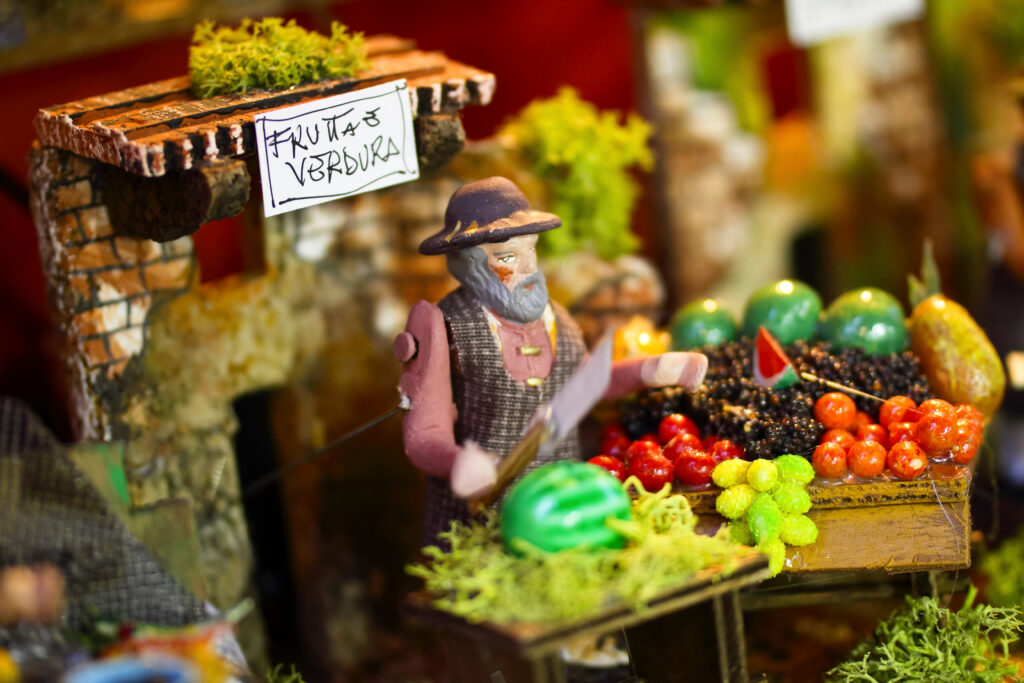Milan, Italy’s vibrant fashion and culture capital, transforms into a magical destination during the New Year’s festivities. Whether you’re a local or visiting for the holidays, there’s an array of activities to make your New Year’s Eve and New Year’s Day unforgettable. From iconic landmarks to unique experiences, here are the top things to do in Milan to ring in 2024.
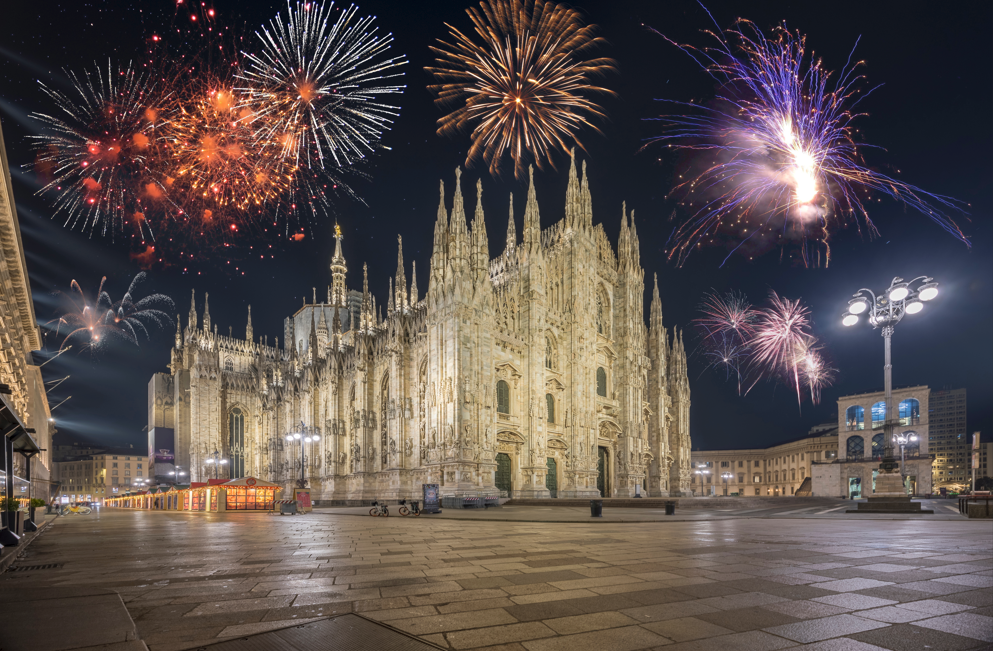
Celebrate New Year’s Eve in Piazza Duomo
A quintessential Milanese experience is celebrating New Year’s Eve in the heart of the city at Piazza Duomo. Every year, the square comes alive with live music, festive lights, and an electric atmosphere. As the clock strikes midnight, join the crowd in counting down and enjoy the spectacular fireworks show that illuminates the Duomo’s iconic spires. It’s a moment of pure joy and celebration that’s hard to match.
Enjoy a New Year’s Dinner at a Traditional Milanese Restaurant
For a more intimate celebration, book a table at one of Milan’s many renowned restaurants. Treat yourself to a traditional “Cenone di Capodanno” (New Year’s Eve dinner), featuring dishes like “risotto alla Milanese” and “cotechino con lenticchie”, symbolizing good fortune and prosperity for the year ahead. Be sure to make reservations early, as spots fill up quickly.
Explore the City with City Sightseeing Milan Hop-On Hop-Off
If you’re in Milan on December 31st or January 1st, you might find that many attractions and businesses are closed. However, City Sightseeing Milan’s Hop-On Hop-Off service remains operational, providing a fantastic way to explore the city even during the holiday lull. These iconic red double-decker buses offer panoramic views of Milan’s most famous landmarks, including the Duomo, Castello Sforzesco, La Scala Opera House, and more. With multiple routes to choose from, you can tailor your itinerary to your interests. The Hop-On Hop-Off service is not only convenient but also a relaxing way to soak in Milan’s charm during the festive season.
Take in the Arts and Culture
While some museums and galleries may be closed for the holidays, others often remain open to offer special exhibitions. The Fondazione Prada, for instance, is a must-visit for contemporary art lovers. Alternatively, you can stroll through Milan’s picturesque streets and admire the city’s architecture—a masterpiece in itself. For a truly magical experience, attend a performance at La Scala Opera House if you’re lucky enough to secure tickets. La Scala’s New Year’s Eve concerts are legendary and a perfect way to embrace Milan’s rich cultural heritage.
Stroll Through Milan’s Christmas Markets
If you’re in Milan leading up to New Year’s, don’t miss the Christmas markets scattered throughout the city. The Oh Bej! Oh Bej! market near Castello Sforzesco is a particular favorite, offering artisanal gifts, festive decorations, and delicious street food. These markets capture the holiday spirit and are perfect for last-minute souvenir shopping.
Relax at Parco Sempione or Navigli
For a laid-back start to the New Year, take a leisurely walk through Parco Sempione, one of Milan’s most beautiful green spaces. Alternatively, head to the Navigli district, where charming canals and quaint cafes create the perfect setting to reflect on the year gone by and dream of the one ahead.
Milan during New Year’s is a city full of possibilities. From lively celebrations to serene explorations, there’s something for everyone to enjoy. Whether you’re marveling at fireworks in Piazza Duomo, savoring traditional dishes, or discovering the city aboard the City Sightseeing Milan Hop-On Hop-Off bus, you’re guaranteed a memorable start to 2024. So grab your sparkliest outfit, raise a glass of prosecco, and get ready to celebrate, Milan is waiting to welcome you!

